Alright, so here’s the thing: I’m not doing a “Best of 2017 that didn’t come out in 2017” list. That came about for various reasons, the most obvious being that I didn’t play a ton of noteworthy older games for the first time this year. Aside from Ninja Gaiden Black/Sigma 2 and a handful of visual novels it wasn’t an especially great year for new, old experiences (I still intent to finish Lightning Returns at some point.) I did replay some of my favorites this year, but other than being able to confirm to you that Resident Evil 4 is still great, I’m not all that sure what I can say on that front.
Instead, because I hate myself and don’t have anywhere else to vent, I’ve decided to write up a little summary of the other dumb entertainment garbage I’ve been into this year. Anime. It’s from Japan*! I’ve dabbled for years, watching a handful of series every year whenever I had the inclination (I’ve seen Gurren Lagann, I know what’s up), but it wasn’t until now that I decided to venture beyond casual fandom into a deep, dark nightmare hole that, quite frankly, was both a great and terrible use of my time. I couldn’t tell you why this year was the tipping point, maybe it was simply watching a number of really good series back-to-back that finally made me decide to go further. Maybe it was because a large chunk of my social circle sort of disintegrated as friends graduated or otherwise moved on with their lives. Maybe it was because I played my share of anime-ass video games and figured I might as well continue with the real thing. Who knows? Point is, I watched a shitload of anime this year, and need to talk about it somewhere. However, dedicated anime forums scare me, so I guess the number one source for Naked Cartoon Pussy™ on the web will have to do. That’s what anime is, right?
*I tend to lean more towards the essentialist argument that only stuff from Japan counts as “anime” as far as the dark holes of the internet are concerned. You’re free to say otherwise, just know that while I enjoyed that Netflix Castlevania thing, I didn’t count it as part of the “anime” I watched in 2017.
In any case, I’m not going to give a lengthy dissertation about everything I watched this year, because that would take too long and I don’t feel like going insane. Consider these to be the series I had strong opinions on.
Serial Experiments Lain (Triangle Staff)
There’s some really smart, prescient commentary about the internet and the way it changes human interactions (made even more impressive when you consider that this series was made in 1998) in Serial Experiments Lain, but hot damn if I didn’t spend most of my time watching it in a state of mild-to-moderate confusion. Lain is, to be perfectly blunt, some seriously artsy avant-garde philoso-wankery with a love of symbolism and little regard for coherency. Not everything needs to be accessible, and not everything needs to be for me. I understand that. But also, it would be great if I understood more than like… half of what it was putting down. Definitely seems like the kind of thing that would benefit from a rewatch, and I didn’t… hate it? Yeah. I didn’t hate it.
Code Geass (Sunrise)
If I was 14 or 15 and I watched Code Geass when it was relevant, I think it’d be one of my favorite anime series of all time. Watching it now, as an adult, I can’t help but admire its ambitions, even if they don’t always pan out incredibly well. It’s a show trying to be all things for all people, between deep and involved international intrigue, ridiculous strategy porn, giant robot fights, abundant fanservice, yaoi bait, ultra-tropey anime high school antics, and not especially subtle commentary on George W. Bush-era American foreign policy. If that sounds like a lot of things to juggle, you’d be right. I found a certain amount of ironic appreciation in Code Geass’ share of exceptionally stupid anime bullshit, but that still doesn’t really excuse the part where a lot of the high school stuff feels pandering and pointless to the extreme. When the show hits, like in the moral/philosophical dynamic between the ruthlessly utilitarian Lelouch and the Lawful Stupid, honorable to a fault Suzaku, it hits hard. But boy, does it whiff on a lot of that stuff, especially with some of the plot points in the second season.
At least it ends incredibly well, so you know, definitely not something that could be cocked up with an entirely unnecessary continuation almost 10 years after the fact. Oh wait.
The Melancholy of Haruhi Suzumiya (Kyoto Animation)
I might as well get all of these older heavy hitters out of the way first, right? I liked Haruhi enough to buy the damn series and movie on Blu Ray, and that’s even including the part where a large chunk of the second season is maybe the single most insulting thing I’ve watched all year. (Holy shit, Endless Eight is SO BAD). The weird supernatural/sci-fi antics of the SOS Brigade are intensely likeable, and the show gets a lot of mileage out of the group dynamic between the characters as they all attempt to keep a 16-year-old girl who might be God from accidentally rewriting the universe by playing along with her crazy schemes. Also at one point there was a pretty direct reference to Phoenix Wright and I was grinning like an idiot for the entire scene. I understand why it was as popular as it was, and that makes it more unfortunate that a good 1/5th of it is borderline unwatchable. NO SERIOUSLY THEY LITERALLY MADE THE SAME EPISODE 8 TIMES IN A ROW WITH SLIGHT VARIATIONS BUT ENTIRELY NEW ANIMATION WHYYYYYYYYYY.
At the very least, the movie helps make up for some of that sting. It’s a little slow, maybe twenty minutes too long, but it adds a surprising amount of pathos and poignancy to what is otherwise a pretty lighthearted series. It’s also Kyoto Animation on a movie budget, which is to say that it looks very good.
Ghost Stories (Studio Pierrot)
Honestly, I was half-tempted to just put “ADV Films” in the parentheses, because of how much Ghost Stories is defined by its crazy-ass English dub. Essentially given free reign to do whatever the hell they wanted as long as they kept names and basic plot details intact, the dub team at ADV created what is basically a proto-abridged series, filled with as many random-ass jokes and circa 2006 pop-culture references as possible. It’s a slow build of insanity, one that starts by playing things mostly straight with a handful of goofs here and ends with constant f-bombs and a bunch of flagrantly offensive jokes that, quite frankly, probably wouldn’t fly super well today. I highly recommend it.
Monogatari Series (Studio SHAFT)
Actually, maybe I should've used this one instead.
I don’t think I’ve ever liked something as much as the Monogatari series while also being completely unable to recommend it to anyone who hasn't already made the same poor choices that I have. Part of that comes from the part where it’s borderline inexplicable (Like, it’s sort of a supernatural show, but one with a bunch of weird, mundane conversations? And it’s intentionally kinda confusing? And super horny?) and the second part comes from how it’s maybe one of the most self-indulgent, trashy things I’ve ever watched. No other anime this year made me feel more like a deviant sex pervert than the infamous toothbrushing scene in Nisemonogatari, which is impressive given that a lot of Nisemonogatari feels (and was written) like a parade of author Nisioisin’s very specific fetishes. While that particular bit is kind of the worst, it’s not like the rest of the series cuts down on some of the loli and incest stuff that I find genuinely repulsive. It’s one thing to have fanservice in a show that very much has things to say about sex and relationships, even if a lot of that stuff is indulgent to an extreme. It’s another to make me want to take a damn shower every time (ostensible protagonist, ex-vampire, and occasional blood geyser) Koyomi Araragi “comedically” molests a character who looks like she’s 10 as part of a running joke. That might actually be the worst, considering you can’t show that stuff to your friends out-of-context to mess with them the same way you can with the toothbrush scene.
I’m not excusing that stuff, and I would not blame anyone for being put off by it (It’s had the knock-on effect of making me unfazed by all but the most egregious of fanservice in anything I watched moving forward) but I really like everything else that Monogatari has going for it. Namely, the part where it’s just really fucking weird. And I’m not talking “weird” in a “Lol anime is weird! panty shots and giant robots amirite?” sense, but weird on a fundamental level where I cannot for the life of me say there’s anything else out there quite like it. There’s a whole episode that’s more-or-less the protagonist and his girlfriend engaged in the single most awkward car ride imaginable and it’s somehow my favorite thing. The dialogue has a hypnotic, surreal quality to it; rich in wordplay, shit-talking, and subtext. It’s honestly the closest thing to an undubbable anime I’ve ever seen and even with subtitles it definitely felt like some of the nuance was going over my head, but in another way that’s fun because of how distinctly Japanese the entire experience is. That’s not to say it’s all immuto toothbrushes, weird cinematography, and untranslatable puns. It’s also kind of a deconstruction of harem anime tropes (albeit one that wants to have its cake and eat it too?) And sometimes it’s genuinely sweet, or gets into really heavy shit about love, learning not to hate yourself, and growing up as a person. I’m not even getting into the part where the entire series is chronologically out of order, in a way that works to its benefit but is also occasionally frustrating and more than a little confusing. But yeah, I kinda love it even though it thoroughly earns the all-encompassing label of “problematic” and I basically can’t recommend it to anyone. I think that makes me a trash person, but I hope I’ve at least been able to express a sliver of… whatever the hell it is I feel for this series. I watched most of it back in January, and it’s still managed to stick with me through all of these months.
Special mention should be given to Kizumonogatari, which despite having zero real justification for being split into three one-hour films instead of one 3 hour film, has perhaps some of the most striking animation I’ve ever seen in my entire damn life. It’s not as straight-up beautiful as something like Your Name is, but after hearing that these films were apparently in development hell for something like 8 years, I went “Oh, that makes perfect sense.”
Boy, those were more words than I thought I’d have to say. Oh right, in case you were wondering, best girl is Hanekawa. FIGHT ME.
Gintama (Sunrise and Bandai-Namco Pictures)
I decided I had room for one long-running shonen series this year, and I ended up going with Gintama. 340+ episodes later and… that wasn’t a bad choice actually. Sure, the amount of time it takes for Gintama to get through its awkward early episodes and “actually get good” is longer than some of the other series on this list, but the great thing about it is that once it becomes good, it stays consistently good for its entire run. To be fair, Gintama isn’t so much a shonen action series as it is a comedy series that occasionally takes itself seriously. I don’t imagine its sense of humor will be to everyone’s taste (It relies a lot on the traditional Japanese comedy setup of “Character does something crazy, straight man reacts”) and I’m not going to pretend that some of the obscure anime or Japanese pop-culture references didn’t fly over my head, but man does it have excellent comedic timing. It’s a mix of crude/juvenile humor, parodies, character quirks, and outright trolling that worked incredibly well for me. I can rattle off multiple mini-arcs off the top of my head, from the one where everyone fights over JUMP popularity poll rankings to the arc where they go inside the Robo Maid and it's nothing but Dragon Quest references. Hell, even the serious and semi-serious arcs work, which might be the craziest thing of all.
Still, it's an investment, and I wouldn't blame anyone for being scared away from the episode count. Despite being a comedy, Gintama also loves the hell out of continuity, with minor characters and running jokes being called back on a regular basis, sometimes years worth of episodes later. Part of the reason you still have to watch (or at least skim through) the first handful of episodes is because they introduce a lot of the core cast, and while they aren't particularly funny, they do give a pretty good indication of Gintama's style of humor. If nothing else, you can at least rest assured that there won't be much more, as it seems like the final arc is going to air this year.
Robotics;Notes (Production I.G.)
As a fan of the Steins;Gate, I’ve always been curious about the other installments in the “Science Adventure/Unnecessary Semicolon” series of visual novels. Unfortunately, only a handful of them have been officially translated into English, and I’ve heard less than great things about the anime adaptations of stuff like Chaos;Head. However, at the urging of one @zombiepie, I watched Robotics;Notes, a story that asks the fun question: “What if a bunch of Japanese High School students actually tried to build a Giant Robot?” If the entirety of the anime had been aimed at addressing that subject, I’d be able to recommend it without reservations. It has a likeable cast of characters, some fun talk about both persistence and failure, and a handful of crazy, incredibly resonant scenes that, quite frankly, made me need to take a walk outside after witnessing them. AND THEN IT THROWS THAT ALL AWAY.
Actually, let me backup for a sec. I was told to watch “The first 16 episodes of Robotics;Notes” and continue at my own peril. Unlike Steins;Gate, which brings in its crazy underlying conspiracy almost from the beginning and has a fairly even split between “dicking around with time travel” and “trying to undo the horrific consequences of dicking around with time travel” the underlying conspiracy in Robotics;Notes is almost a B-Plot. When said conspiracy comes to the forefront, it is revealed to be: A. Super Dumb, and B. Almost entirely irrelevant to the previous 16 episodes worth of character development and emotional build-up. And then there’s a dumb giant robot fight and it’s all mildly disappointing. Still, those first 16 episodes? Pretty great!
Konosuba (Studio Deen)
You know, despite hearing that Issekai is a very hot thing these days, the only way I’ve actually experienced the current fixation on “Some Otaku Loser gets stuck in a fantasy-ish world clearly inspired by old RPGs” is through parody and subversion. Konosuba is probably one of the funniest anime series I’ve watched, thanks to a likeable cast of complete idiots and an incredibly strong sense of comedic timing. It's very sitcom-ish in its structure, with a lot of the humor being driven by the characters putting themselves into dumb situations over and over again and bouncing off one another. Humor is always going to be mad subjective, but given this show's popularity on the internetosphere, I'm guessing it's worked pretty well for most anime people.
Re: ZERO (White Fox)
Re: ZERO makes for a fun comparison to Konosuba, if only because they might as well have the exact same setup and vastly different results. Re:Zero takes the “repeat a time loop until you break through it” concept to the logical extreme. Namely, one of profound suffering. It’s okay, because ostensible protagonist Natsuki Subaru is kind of a white knighting dingbat who you don’t feel too terrible about every time he dies in an awful, horrible way, but not detestable enough that you aren’t rooting for him to ditch Emilia and hook up with Rem, who is clearly such a better choice, man he’s the worst triumph. Honestly, it's probably the most concentrated, potent version of "break the main character" I've seen, and should be commended for how far it goes in that direction.
It's kinda unfortunate that all of that suffering doesn't add up to a whole lot in the end. While I don't think we need to worry too much about there being another season, the actual conclusion to this one is "And then they fight a Moon Whale and save the day" and it kinda feels disconnected from the setup of the main plot. Not to mention, it all goes a little too smoothly for a show about putting Subaru through as much horrible shit as possible. Ah well, if the people who have read the light novels are to be believed, there's plenty more of that coming his way.
Re: CREATORS (Studio TROYCA)
It looks like the intro has been scrubbed from Youtube, so you'll have to suffice with just the music.
Re: Creators has the interesting distinction of being the one series that had me actively angry after I finished watching it. Not since Metal Gear Solid 4 have I said “Oh, piss off” to my screen multiple times during a conclusion, and if you know my feelings on MGS4 that’s not a great comparison. Certainly, if Robotics;Notes is any indication, there’s still plenty of merit to be found in something even if it doesn’t nail the ending, and that’s true. But maaaaaaaaaan does Re:Creators’ last arc try way too hard to be *smart* at the cost of being entertaining or satisfying. It’s a show that has a lot to say about why people write stories, the relationship between a creator and their work, and how things are “accepted” by a wide audience, often doing so via non-infringing versions of iconic characters or archetypes (seriously, the kid in the giant robot might as well be Shinji Ikari) interacting with each other and their creators. Sometimes with violence. If that sounds like a rad premise, that’s because it is, and for most of the series run it manages to balance between high-minded commentary and “Hey, what if an off-brand JoJo’s character fought an off-brand version of Saber from Fate and some sort of hard-boiled cyber-detective? Wouldn’t that be cool?” (the answer is “yes”) I’m even willing to forgive those early episodes, despite a plague of exposition that sometimes infects entire episodes with scenes of people just sitting around and talking.
And then the climax happens and it’s baaaaaaad. Not just because the previously mysterious villain is revealed to be plain overpowered and boring, thus removing any tension from the multi-episode battle, but also because the show has the gall to use a deus ex machina to beat her and openly acknowledges it. It’s infuriating, and I wish it wasn’t (legally) restricted to Amazon’s Anime Strike service so I could badger people into watching it in order to validate my opinions. At least Made In Abyss was worth the free trial. I could’ve written a whole thing about that, but honestly everyone and their dad has already talked that show up and I tend to agree with most of it. You should watch Made in Abyss. Also watch Re:Creators so you can understand what the hell I’m talking about.
Mob Psycho 100 (Studio Bones)
Mob Psycho 100 is raaaaaaaaad. Okay. That's really all I wanted to say. This blog is already long enough. You should watch Mob Psycho 100.
Some other things I wanted to mention, in short summary:
Cowboy Bebop: I don’t need to write a damn paragraph to tell you that Cowboy Bebop is really, really good. It’s maybe one of the few series I could genuinely recommend to people who aren’t already weird anime nerds.
Your Name: A beautiful, wonderful film that people much more eloquent than me have already ruminated on. I bought it on Blu-Ray pretty much immediately after it came out and then forced members of my family to watch it.
Dragon Ball Super: I eventually fell off of DBS after getting sick of its lethargic pacing. It’s not bad by any means, but maybe I’ll just watch that Boku no Hero Academia the kids are all into these days if I want my shonen battle fix.
Watamote: A fun, light anime about a high school girl comedically trying to overcome crippling social anxiety! As someone who posts a lot on internet forums, some of the situations the protagonist found herself in hit surprisingly close to home. It’s also pretty funny.
Miss Kobayashi’s Dragon Maid: Another one of the hot series this year. Honestly, I found it cloyingly sweet in a way that didn’t work for me. Call me a heartless bastard if you wish.
Toradora!: However, I’m not entirely heartless, since I found Toradora to be a surprisingly sweet little romantic comedy thing. I watched it dubbed and thought said dub was quite good.
Parasyte: The Maxim. A pretty fantastic horror anime that I highly recommend to those who aren’t squeamish.
Geez, did you read through all of that? Why would you do such a thing? Anyways, I think I’ll end by giving a vague suggestion of what’s probably on the docket for Anime Nightmare Hole 2018, barring any surprise seasonal hits that I watch to keep up with the zeitgeist and all the cool kids. Violet Evergarden? That’s a thing people are excited for, right? The trailers look very pretty.
- Nichijou
- As much of the Fate/Stay Night series as I can watch without going mad (I’m like 7 episodes into the 2006 Studio DEEN adaption and the answer might be “Not that much”)
- That JoJo’s Bizarre Adventure thing all the memes are about
- Mushishi
- Hunter x Hunter
- My Hero Academia
- Uh, Cardcaptor Sakura? Maybe?
With that, I will wish you all a happy new year, and maybe not post this one to the forums. Fun fact, this is actually longer than my Game of the Year blog. Bury me in my sins.
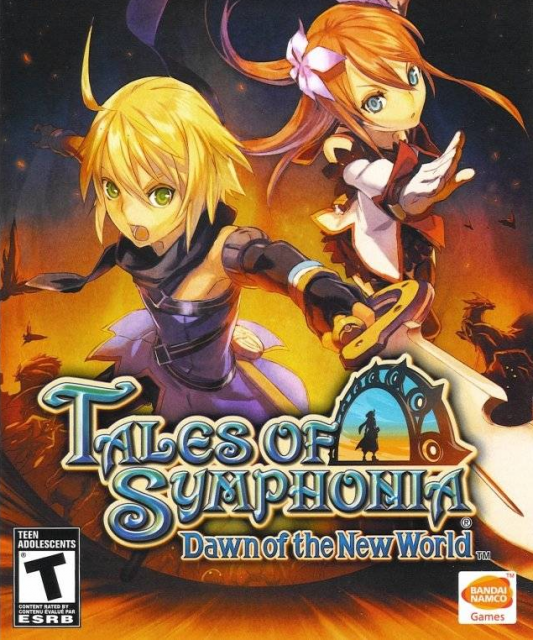
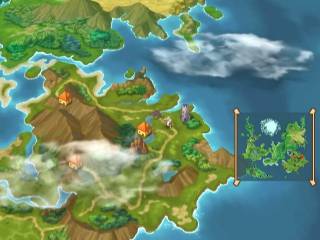
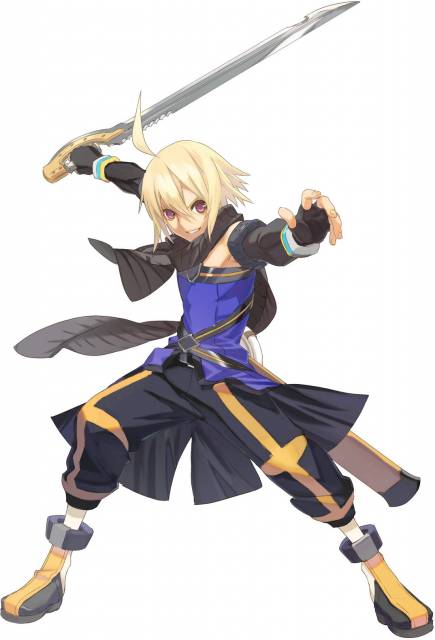
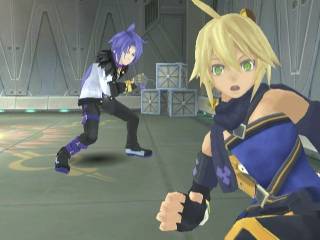
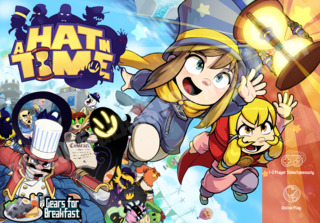

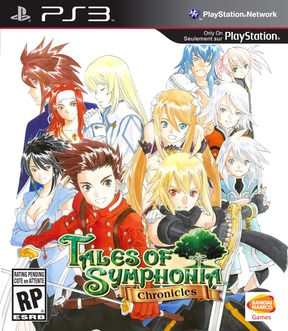
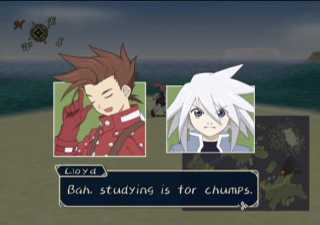
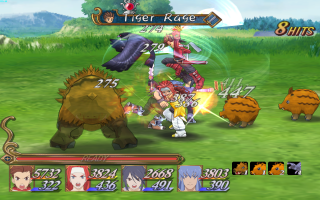
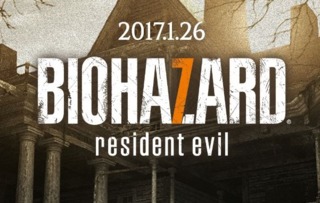
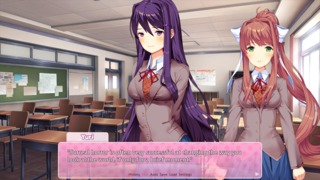
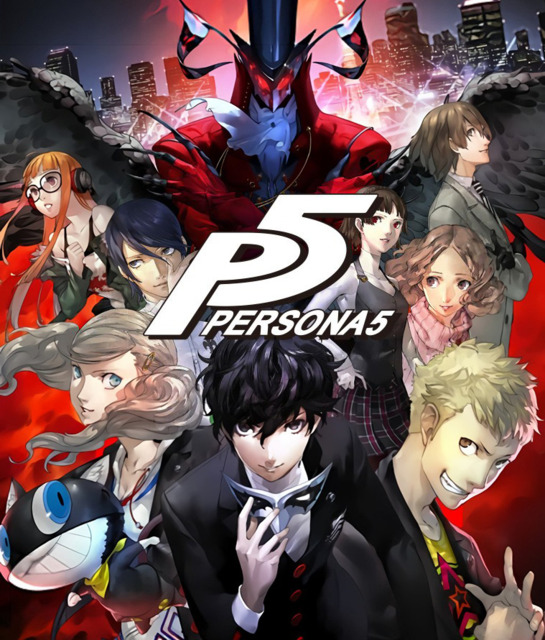
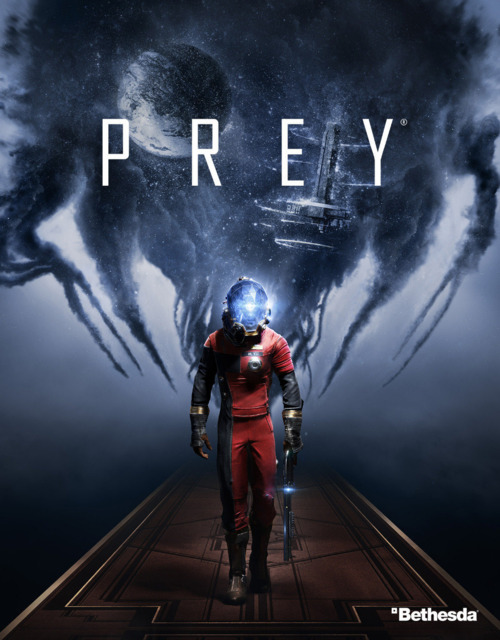
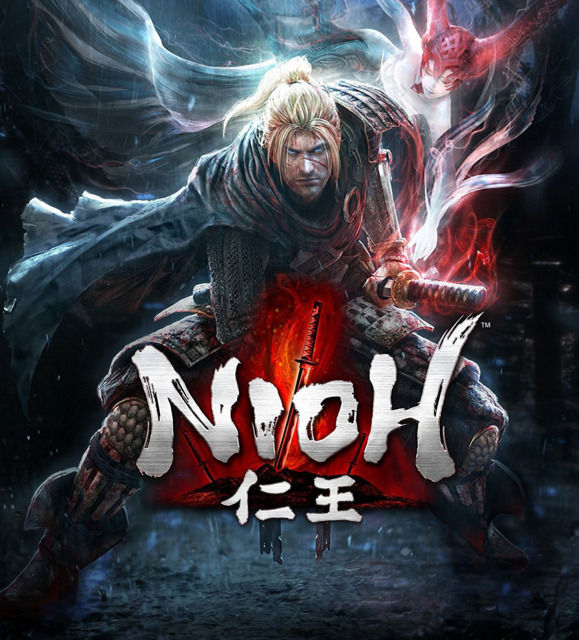
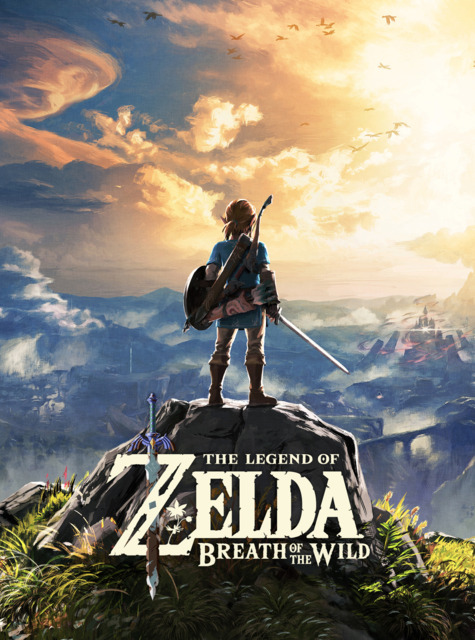
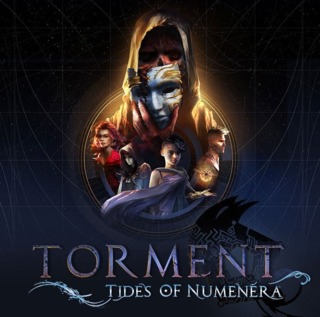
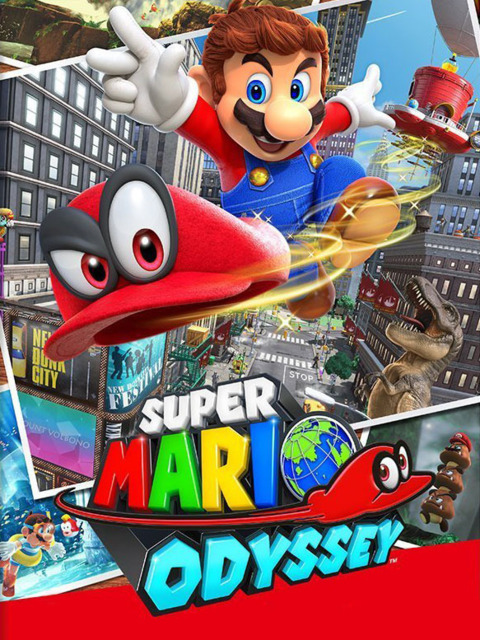
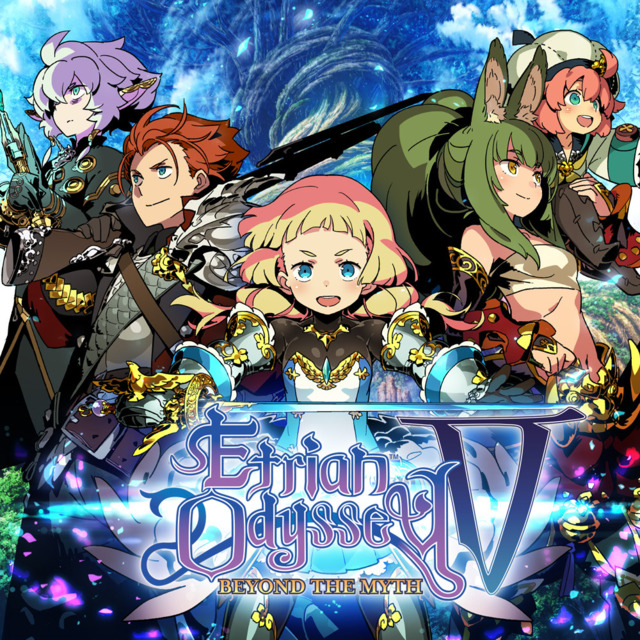
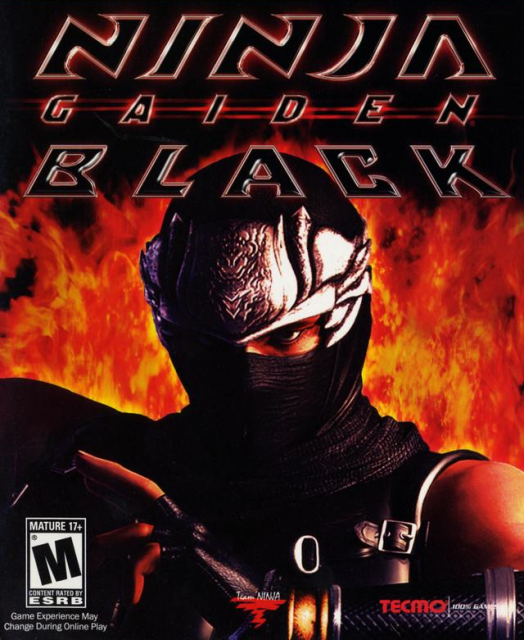
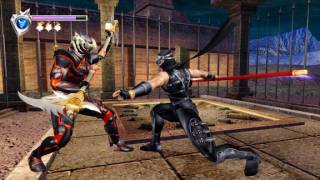
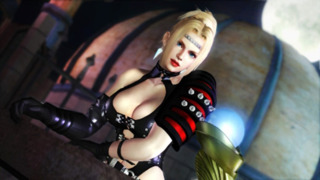
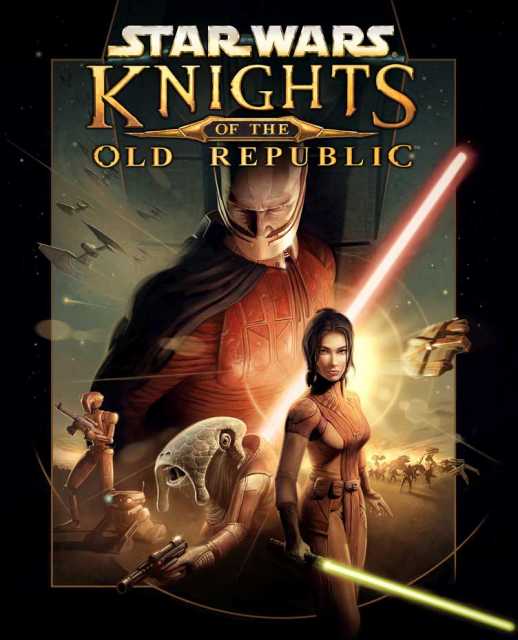

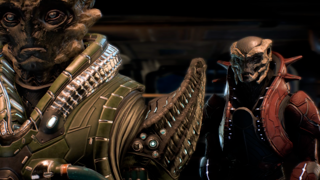
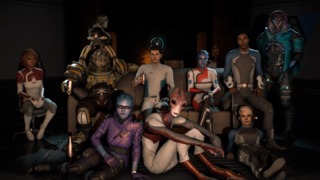
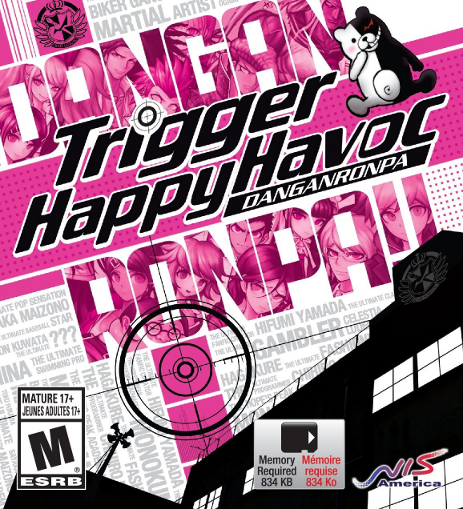
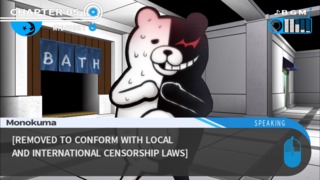
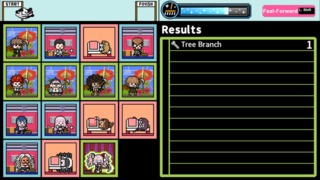
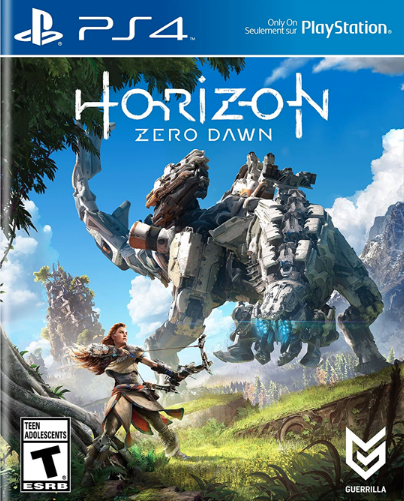
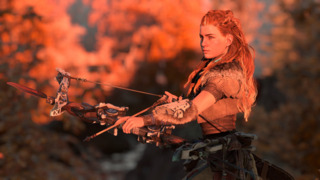
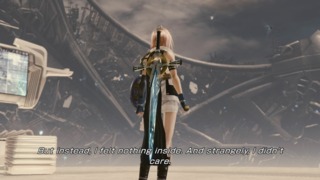
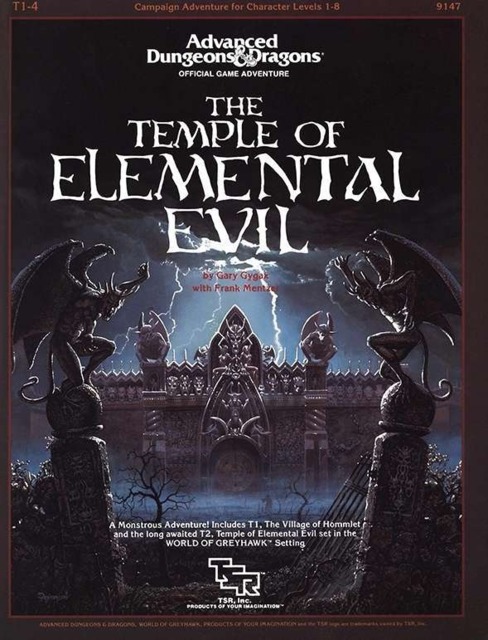
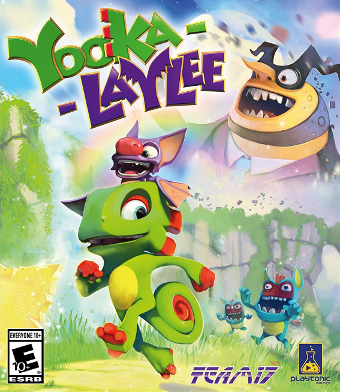
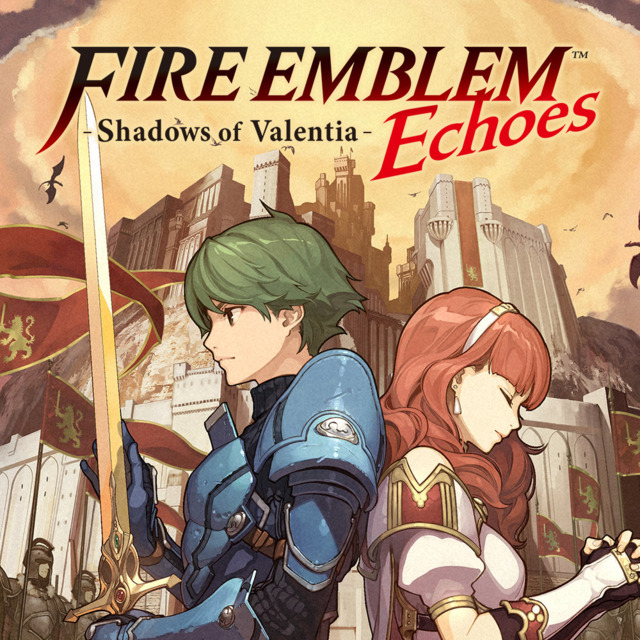
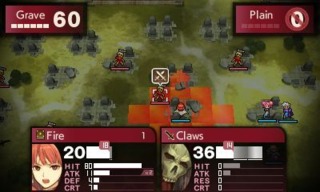
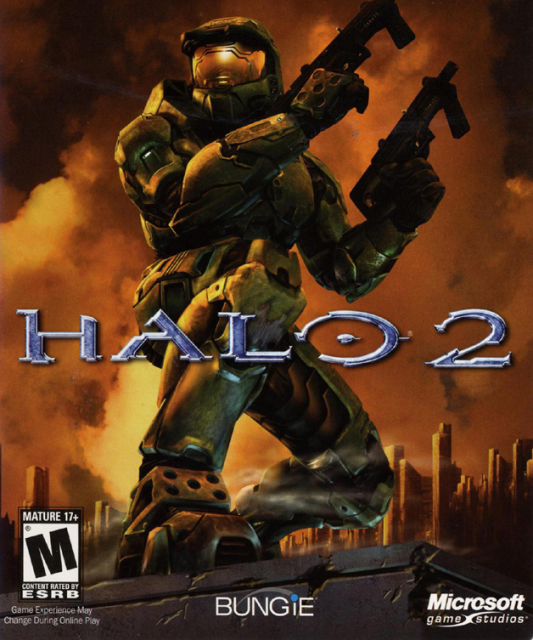
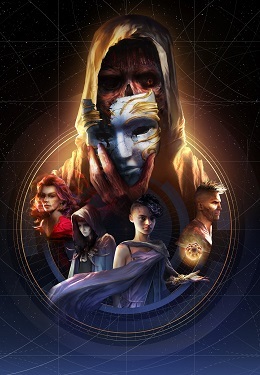
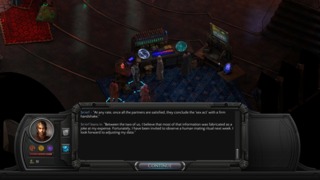
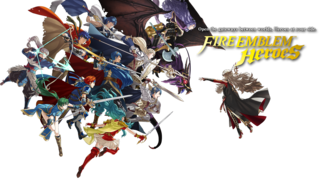
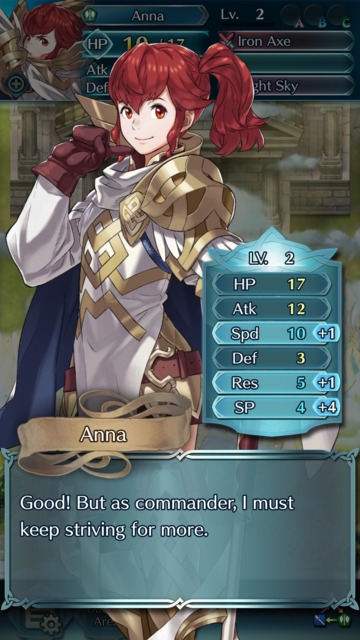
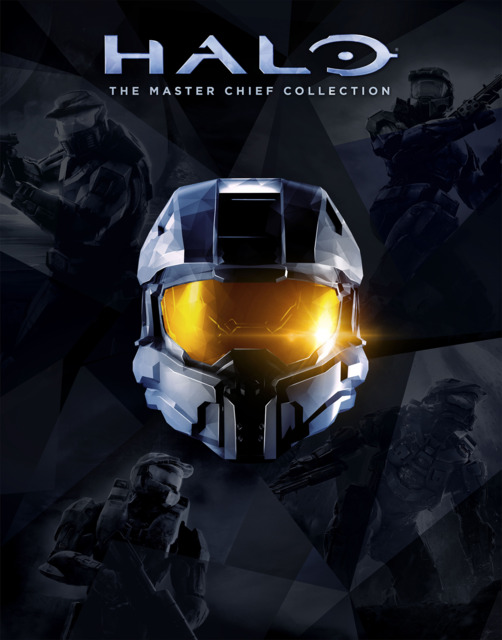
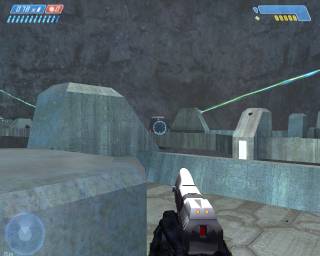
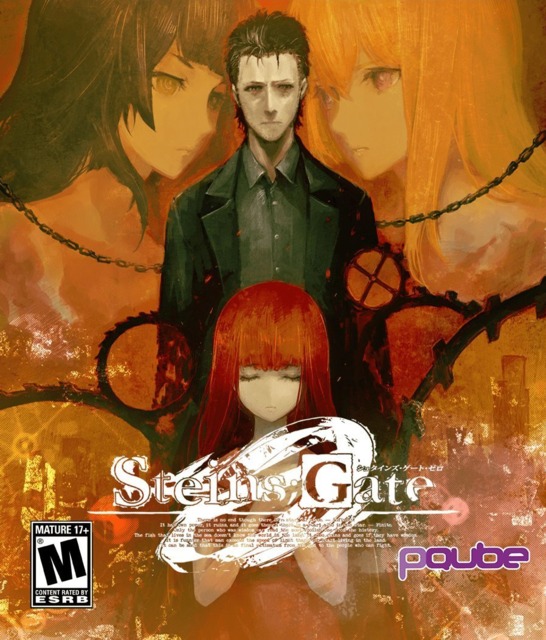
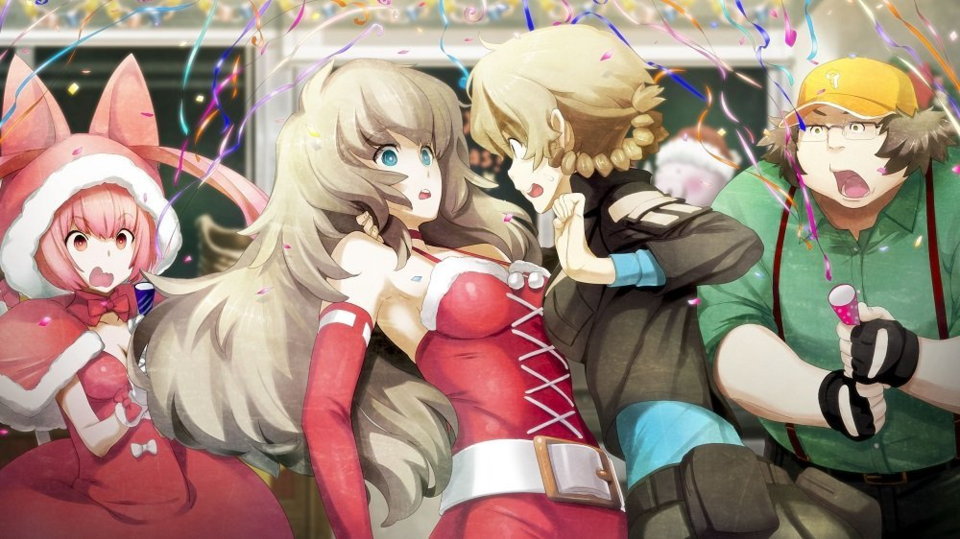
Log in to comment